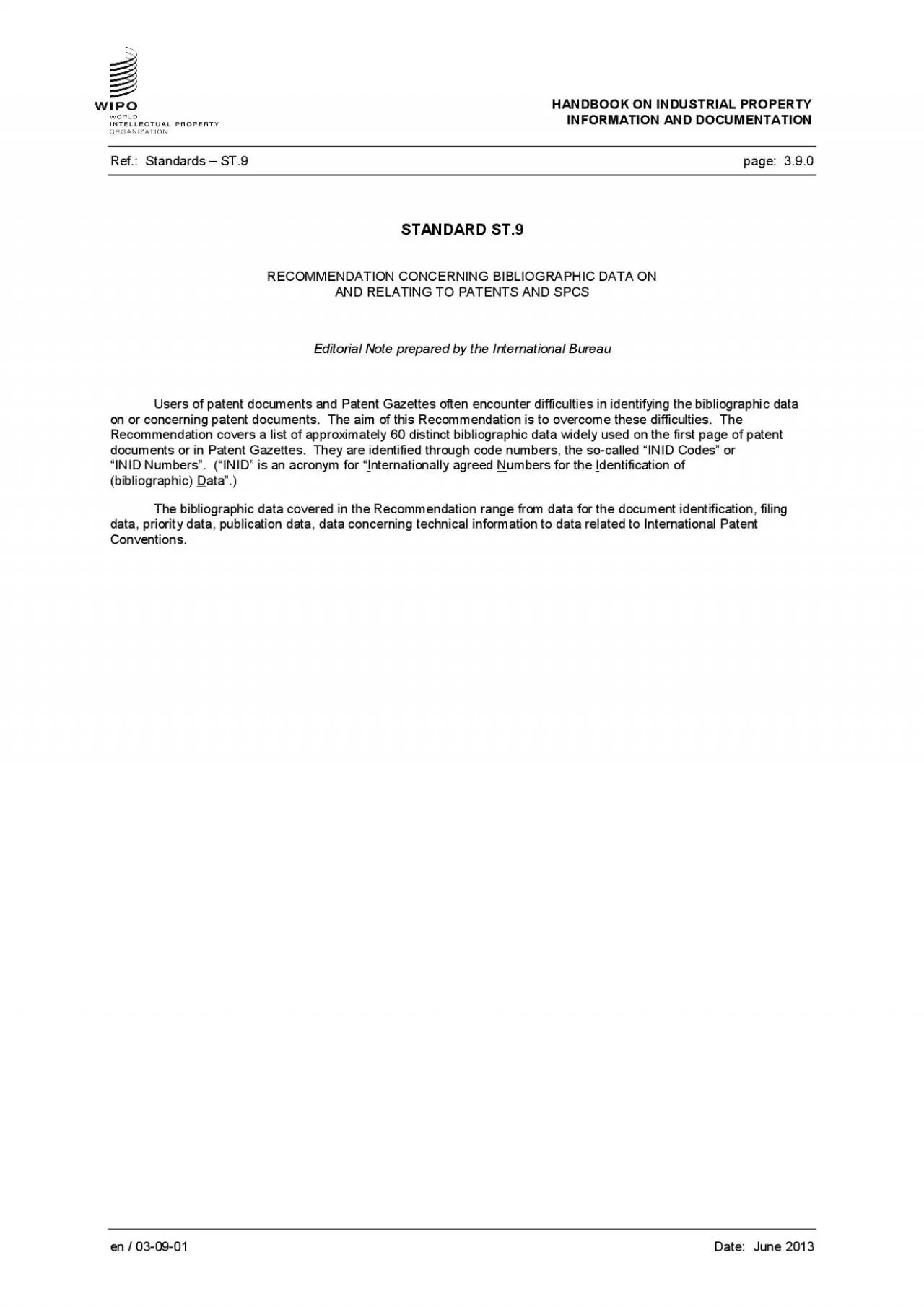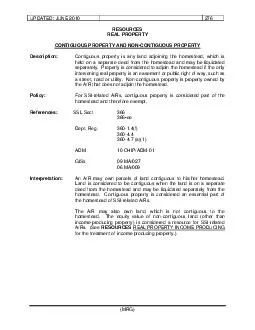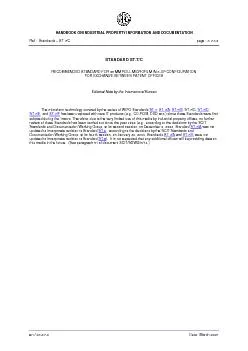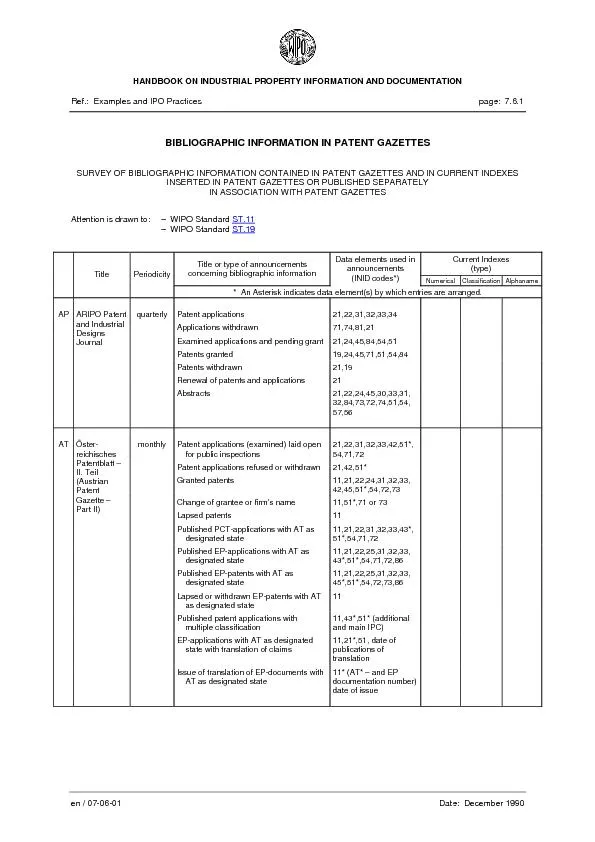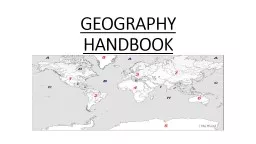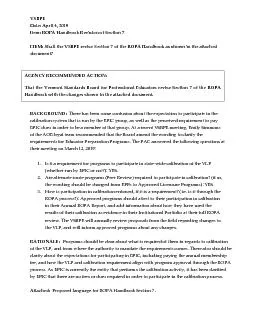PDF-HANDBOOK ON INDUSTRIAL PROPERTY INFORMATION AND DOCUMENTATIONRef St
Author : carla | Published Date : 2022-08-24
en 03Date June 2013 STANDARD ST9RECOMMENDATION CONCERNING BIBLIOGRAPHIC DATA ONAND RELATING TO PATENTS AND SPCSEditorial Note prepared by the International Bureau Users
Presentation Embed Code
Download Presentation
Download Presentation The PPT/PDF document "HANDBOOK ON INDUSTRIAL PROPERTY INFORMAT..." is the property of its rightful owner. Permission is granted to download and print the materials on this website for personal, non-commercial use only, and to display it on your personal computer provided you do not modify the materials and that you retain all copyright notices contained in the materials. By downloading content from our website, you accept the terms of this agreement.
HANDBOOK ON INDUSTRIAL PROPERTY INFORMATION AND DOCUMENTATIONRef St: Transcript
Download Rules Of Document
"HANDBOOK ON INDUSTRIAL PROPERTY INFORMATION AND DOCUMENTATIONRef St"The content belongs to its owner. You may download and print it for personal use, without modification, and keep all copyright notices. By downloading, you agree to these terms.
Related Documents

